Layers of Conservation
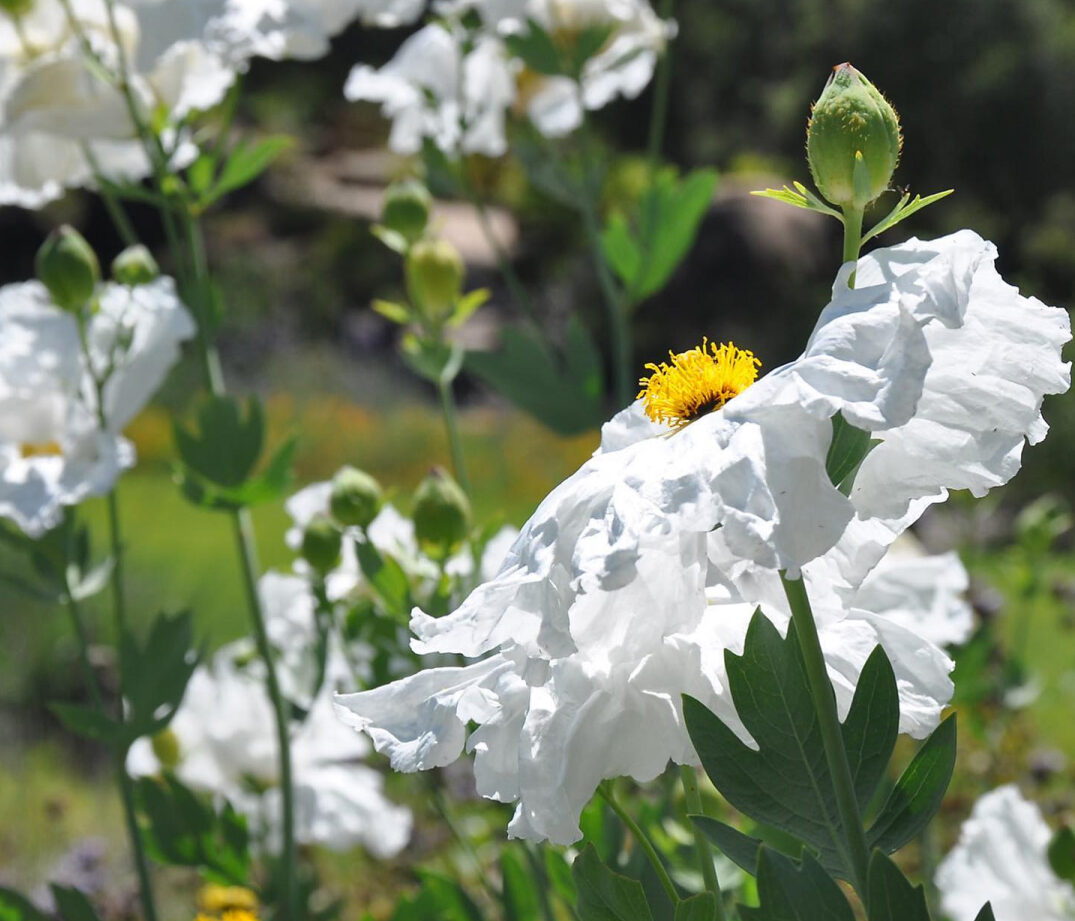
Understand, Protect, Restore
Our Approach to Conservation
We think of the work we do at Santa Barbara Botanic Garden like the layers of a cake. You must understand the components of biological diversity (the bottom layer) before you can protect and recover the rarest species (the middle layer) and work to restore diverse, healthy, and functioning ecosystems (the top layer).
Understanding Biodiversity
Before you can conserve species, you have to know what they are, where they are found, and which communities they form. It also helps to know their evolutionary history, since knowing their past helps us to predict and preserve their future.
Our biodiversity team at the Garden works to do many things: explore California’s plant and lichen diversity; create specimens for study in the Clifton Smith Herbarium, the Lichenarium, and the Fungarium; determine specimen similarities and differences; and describe new species.
Our team also works to determine the genetic diversity of rare plant populations (which can help to inform conservation actions) and to understand animal diets and food webs through DNA meta-barcoding.
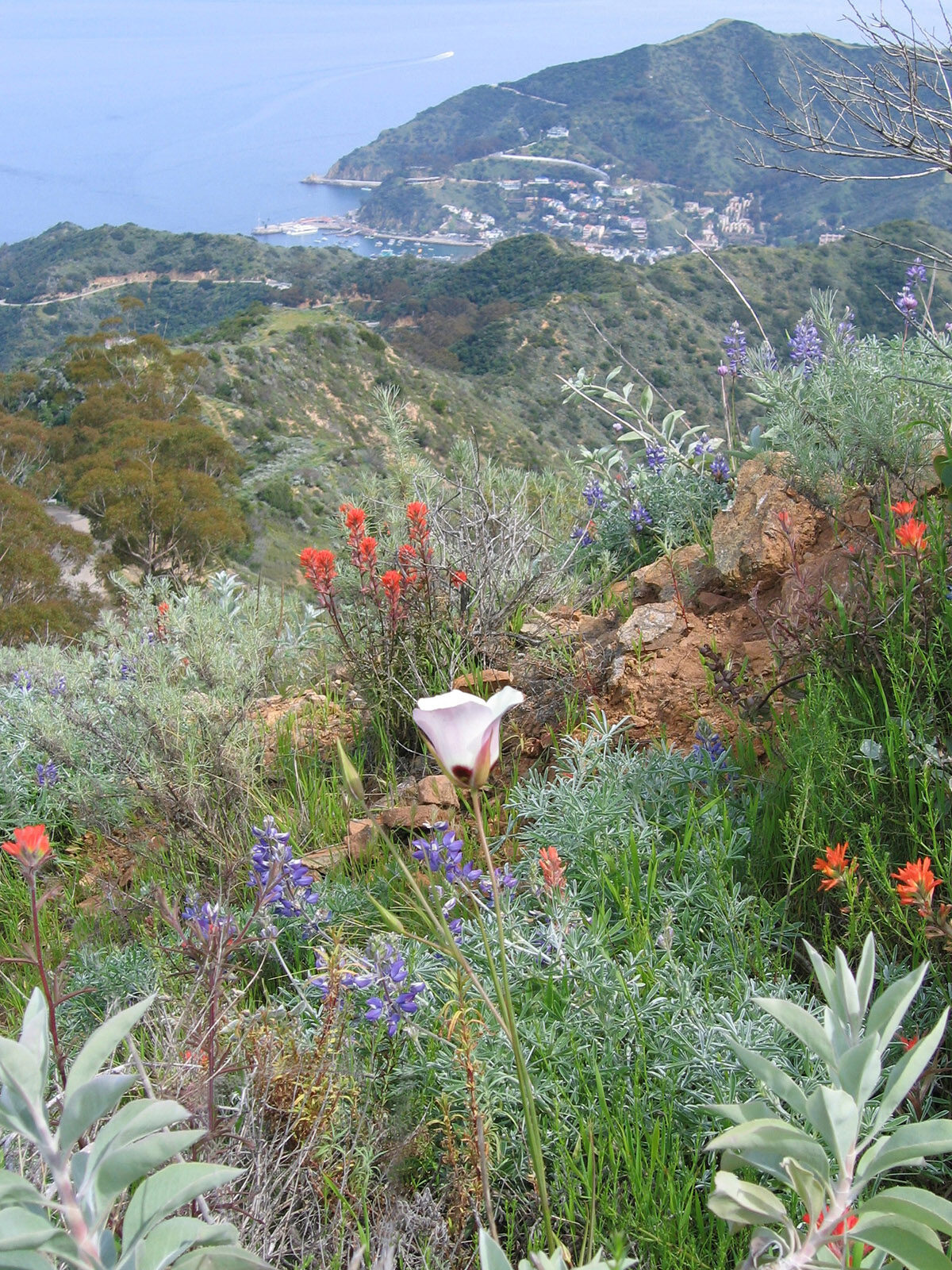
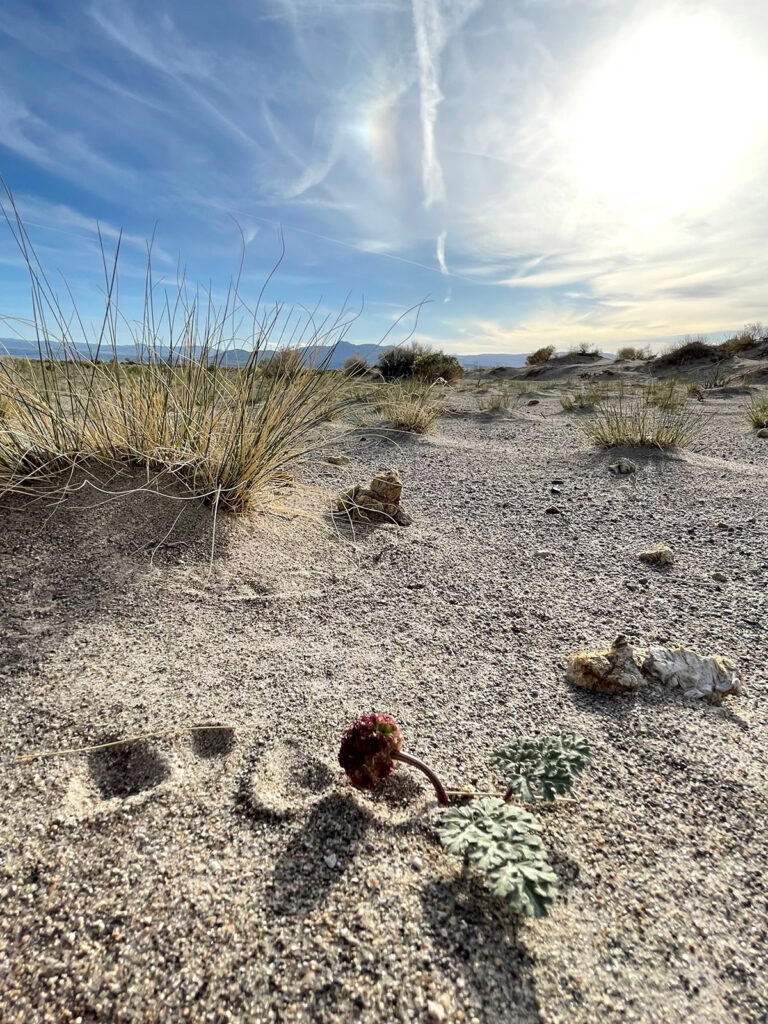
Protecting Rare Plants
Every species has a niche and role in the natural community, and losing too many can compromise the services that biological diversity provides us, like cleaning our air and water and holding soil together. Rare species often perform unique functions within their communities, such as forming close connections with specific pollinators or providing seasonal forage for native animals.
At the Garden, we strive to keep all of the parts, taking action to prevent extinction while working to understand and recover our region’s rare plants and lichens. We conduct surveys, monitor, and do research to uncover population trends and potential threats. We work to safeguard and expand existing populations and to create new ones by growing plants, controlling weeds, and spreading seeds.
Both our Conservation Seed Bank and our Living Collection on the Garden grounds are used for restoration and research and are an insurance policy against extinction.
Restoring Habitats
It’s not enough to shield land from development. Much of our open space is degraded by invasive species, erosion, and fragmentation and does not have the native plant diversity and cover that is so critical for supporting the web of life.
Our habitat restoration work starts with having a feasible, prioritized plan, which may entail mapping invasive plants and rare resources to determine where we can have the greatest impact. It also means conducting habitat restoration experiments to test approaches on a small scale. Of course, we also do the work of weeding and planting — often with lots of help from volunteers in the community.
We frequently look to the insects and other arthropods in the area to assess how we are doing, because they respond quickly to change and handle many important jobs in the ecosystem.
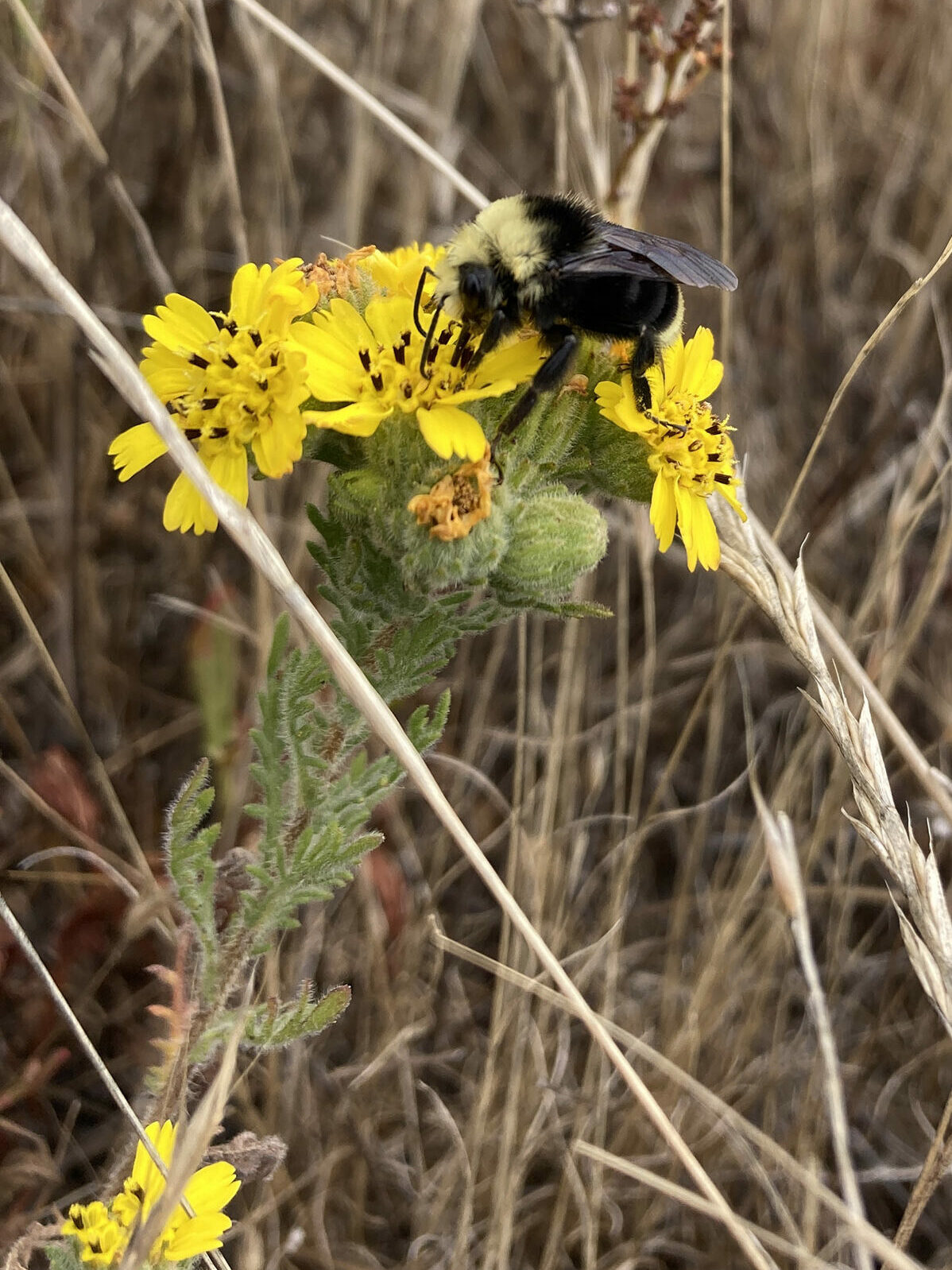
See Our Impact
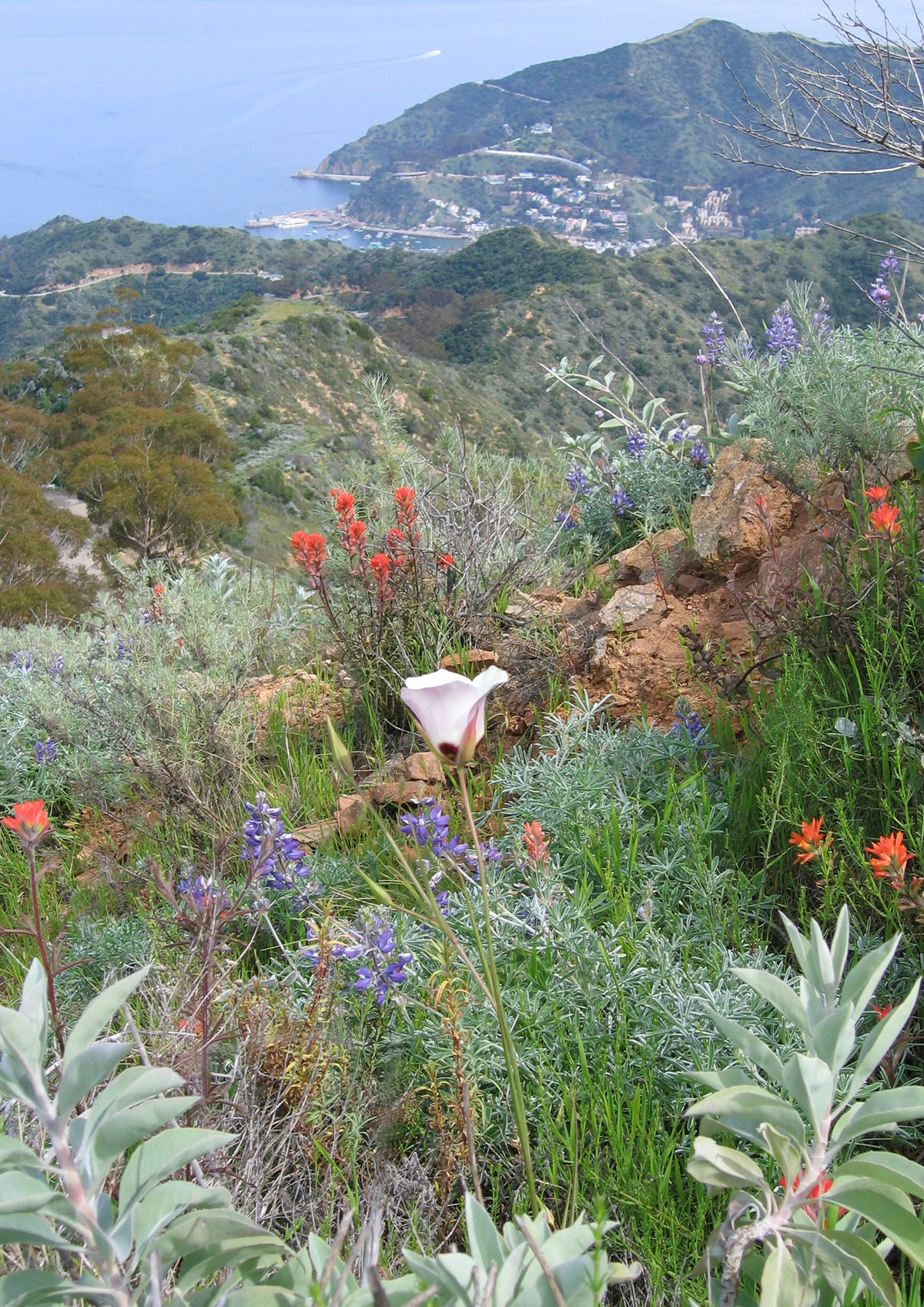
Research, development, and creation of the book “A Flora of Santa Catalina Island,” 2014–2022
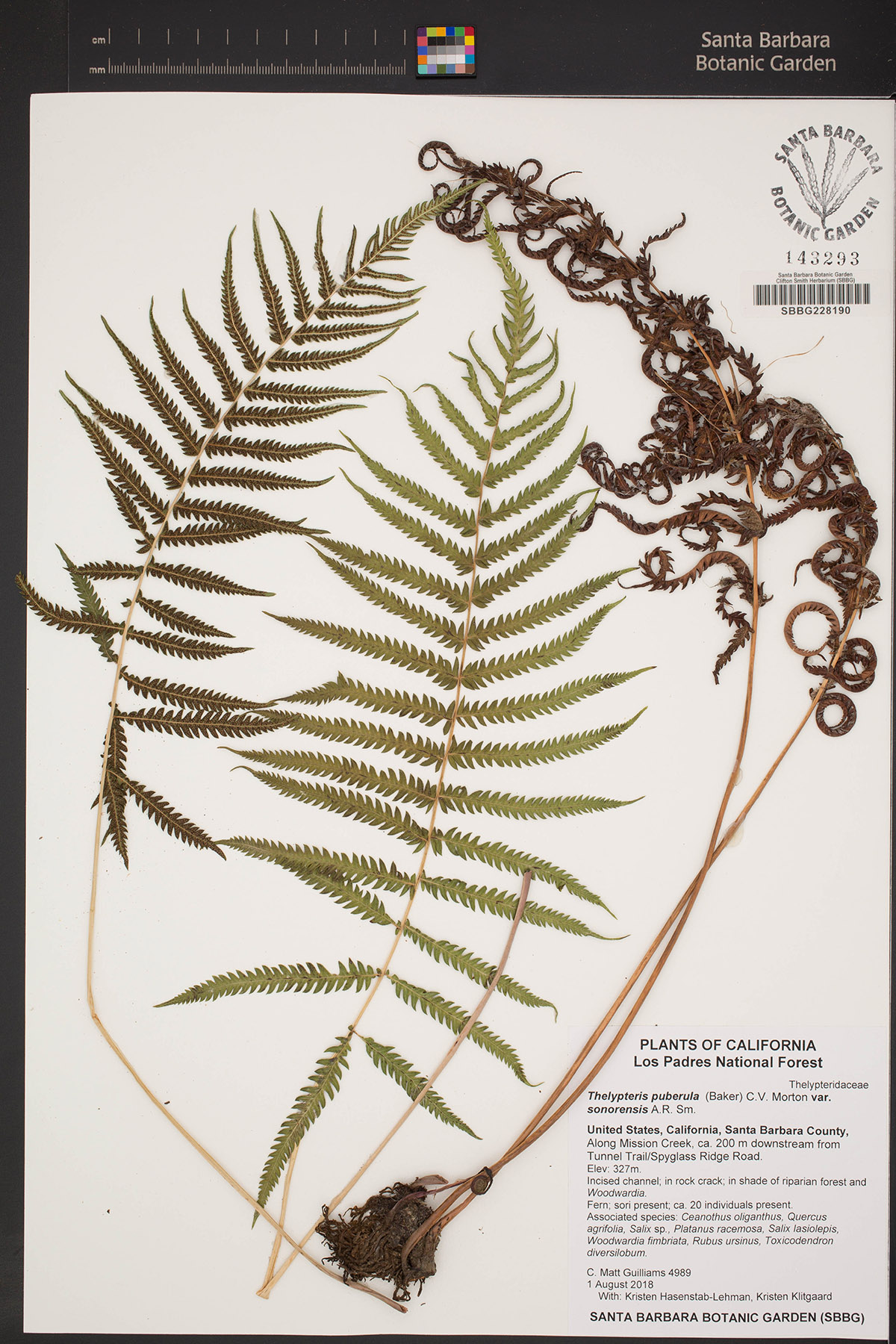
Capturing California’s flowers — using digital images to investigate phenological change in a biodiversity hot spot, 2018–2022
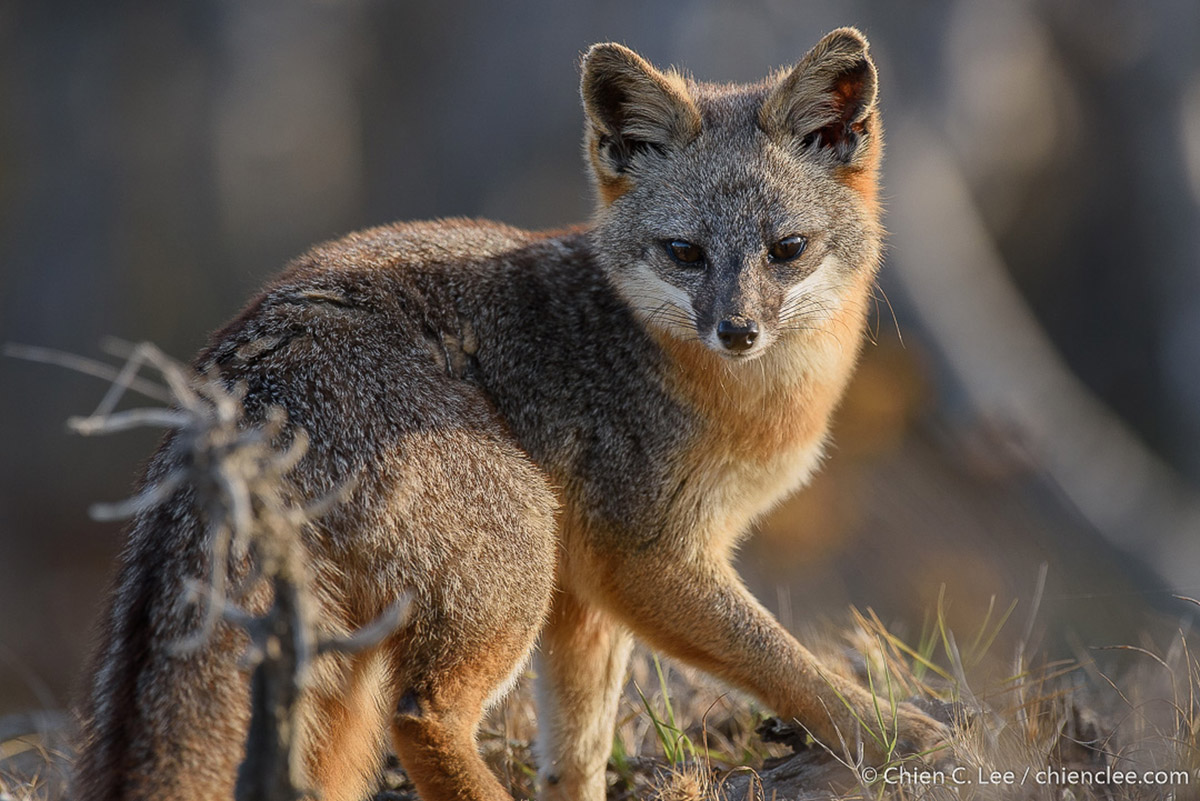
San Nicolas Island meta-barcoding for island fox diet analysis, 2019–2022 (Photo: Chien C. Lee)
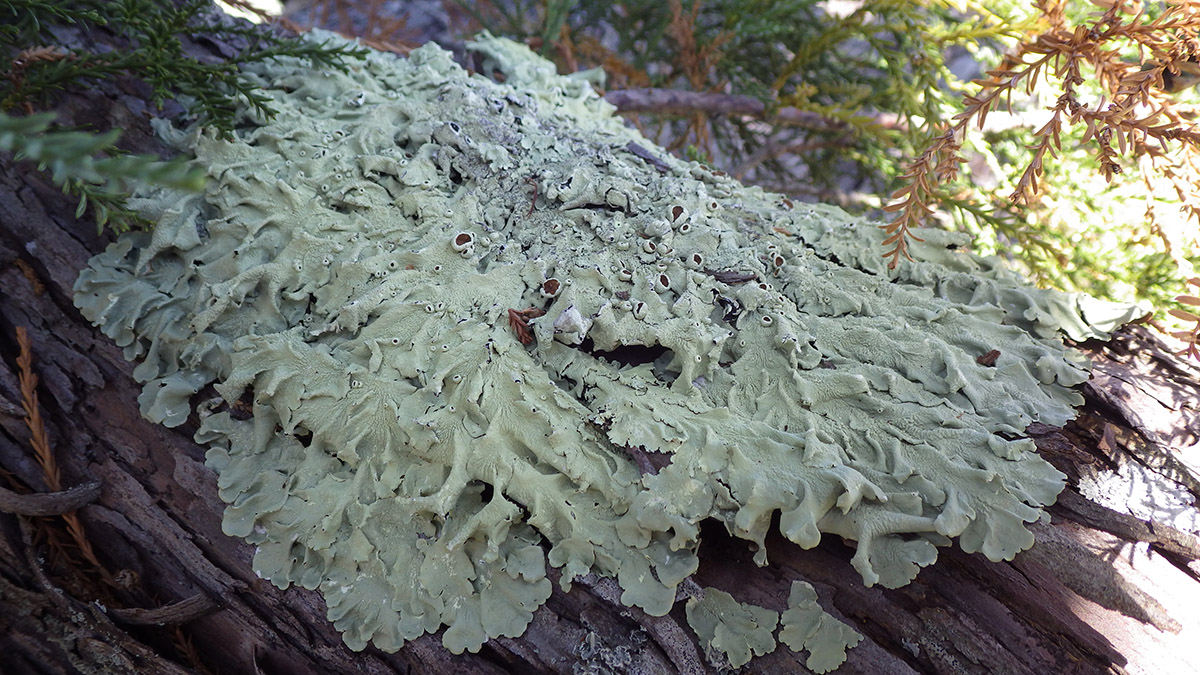
Epiphytes on coast redwood (Sequoia sempervirens), since 2015 (ongoing)
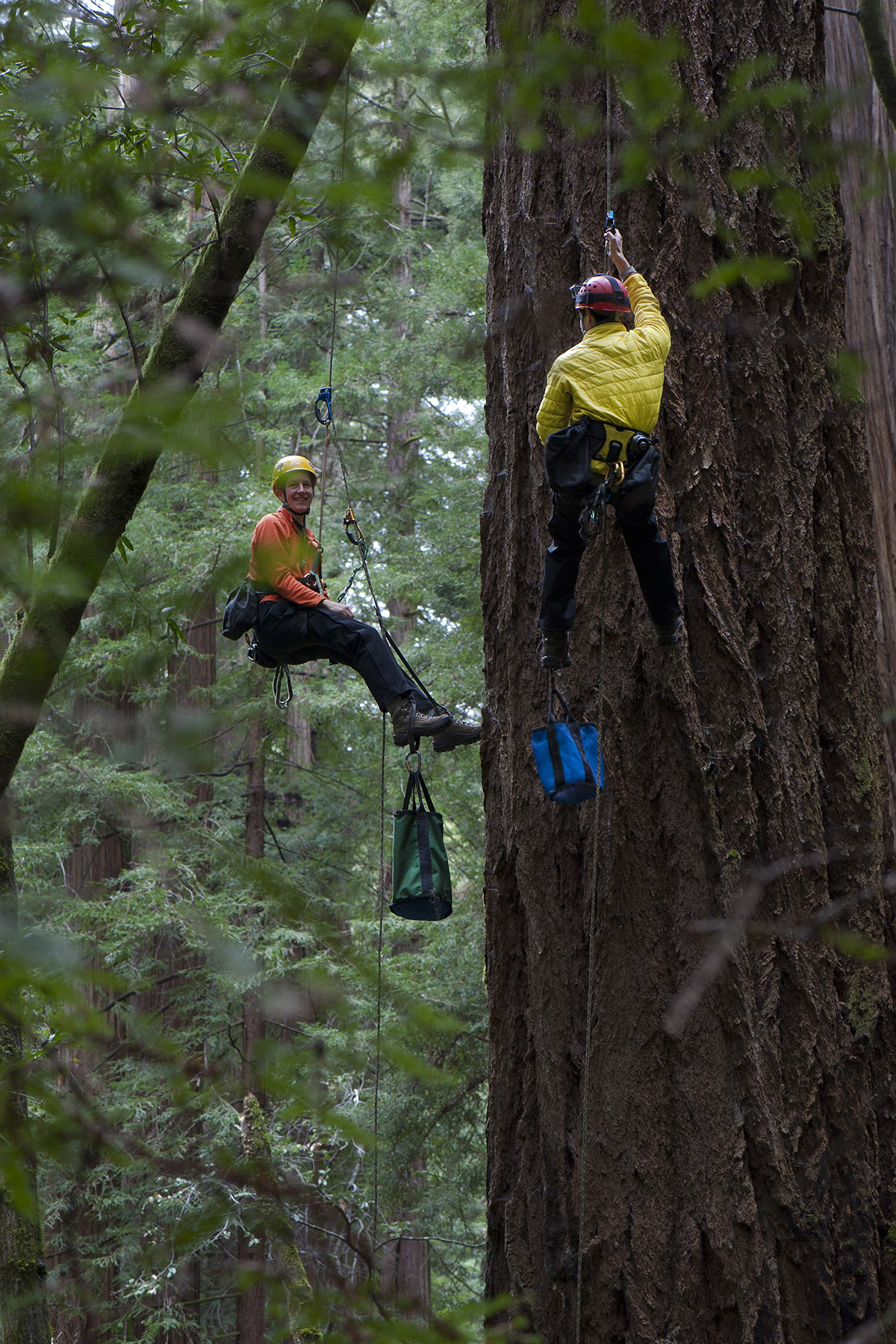
Lichen epiphytes on epiphytes of coast redwood (Sequoia sempervirens), 2020–ongoing (Photo: Tonatiuh Trejo-Cantwell)
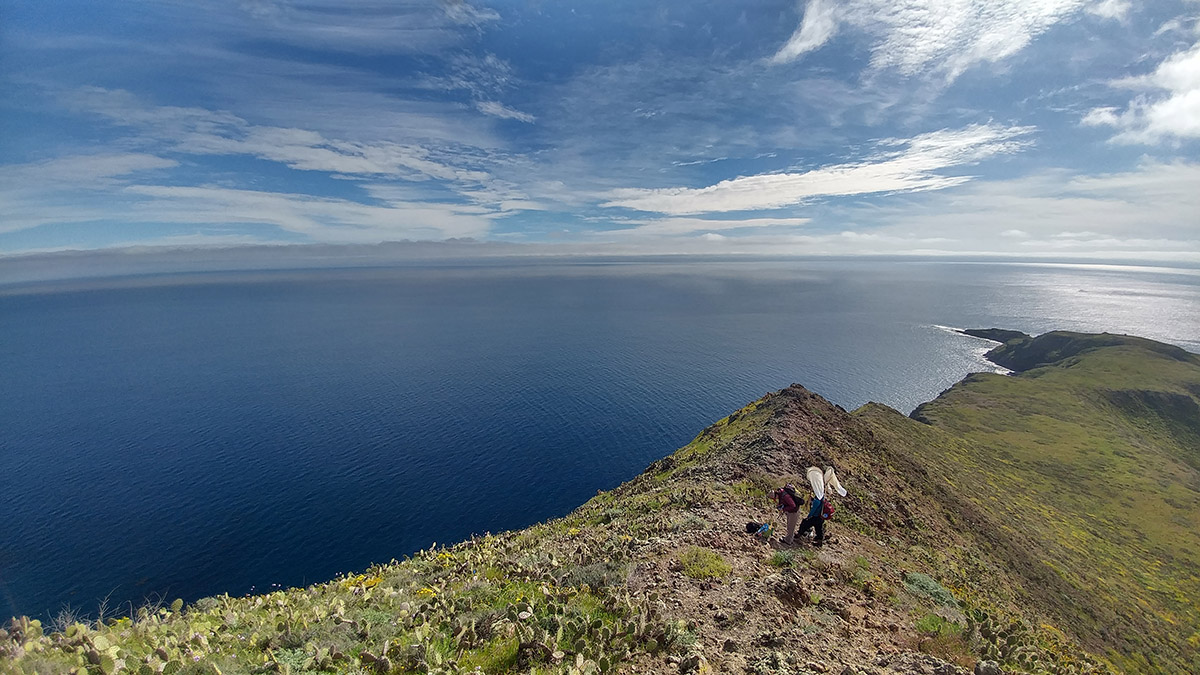
San Clemente Island terrestrial invertebrate biodiversity and rare plant–pollinator networks study, 2019–2022

Searching for spatial, temporal, and taxonomic gaps in a comprehensive array of Channel Islands biological specimens to guide future research and management, 2020–2021
 Donate
Donate